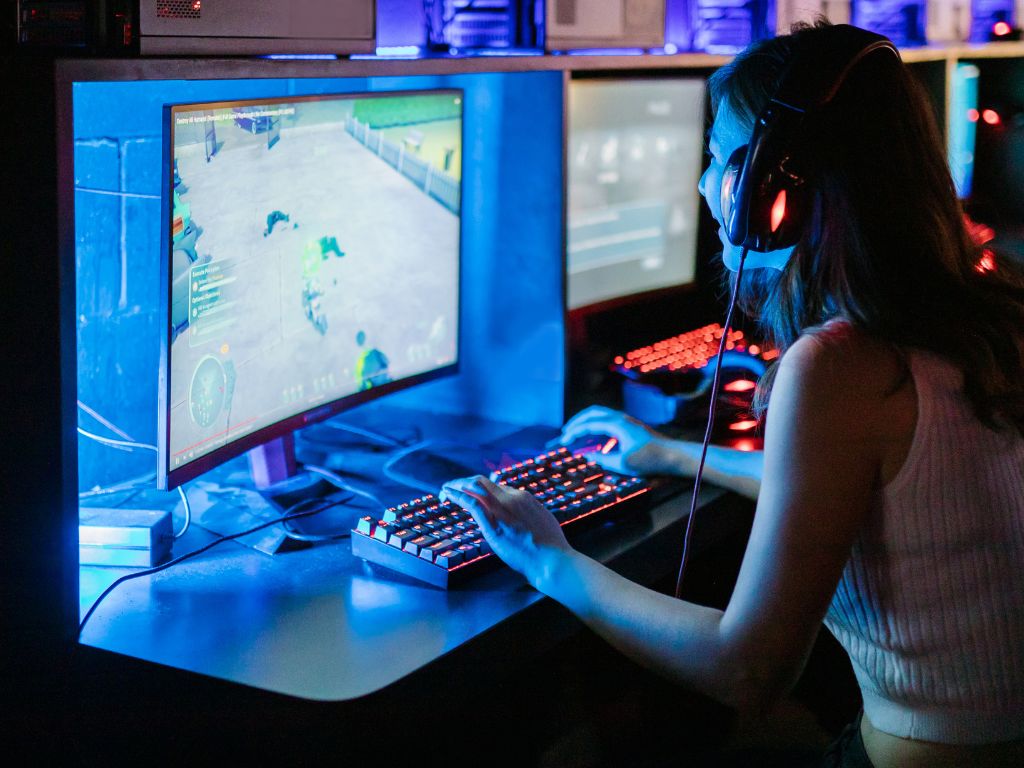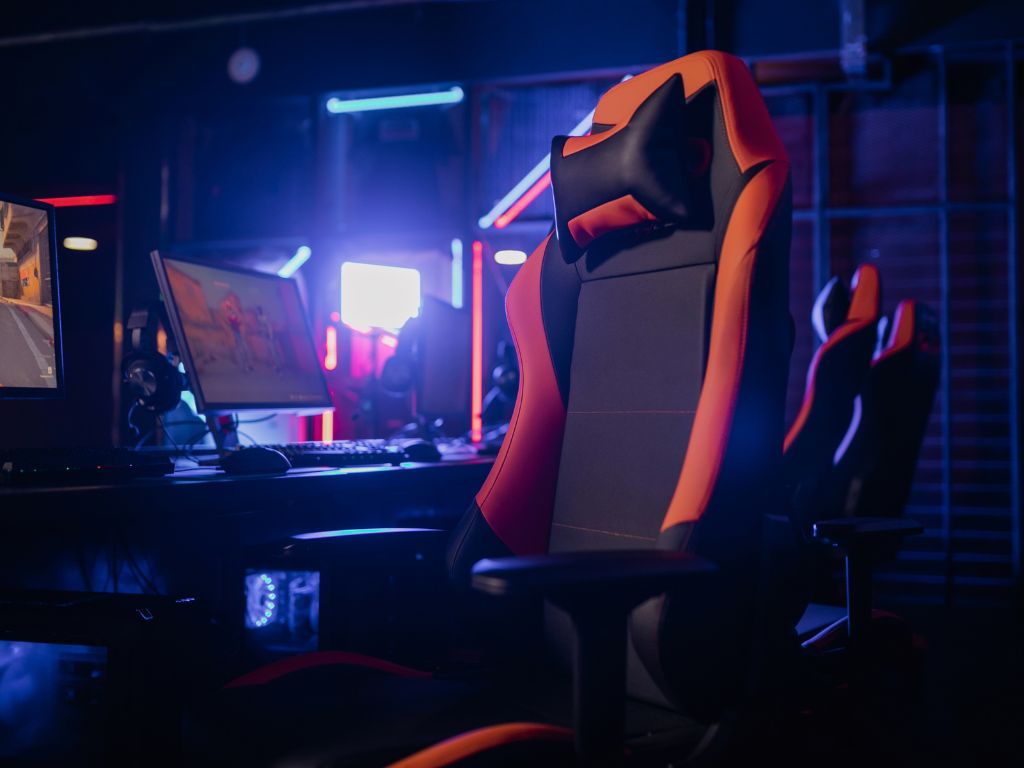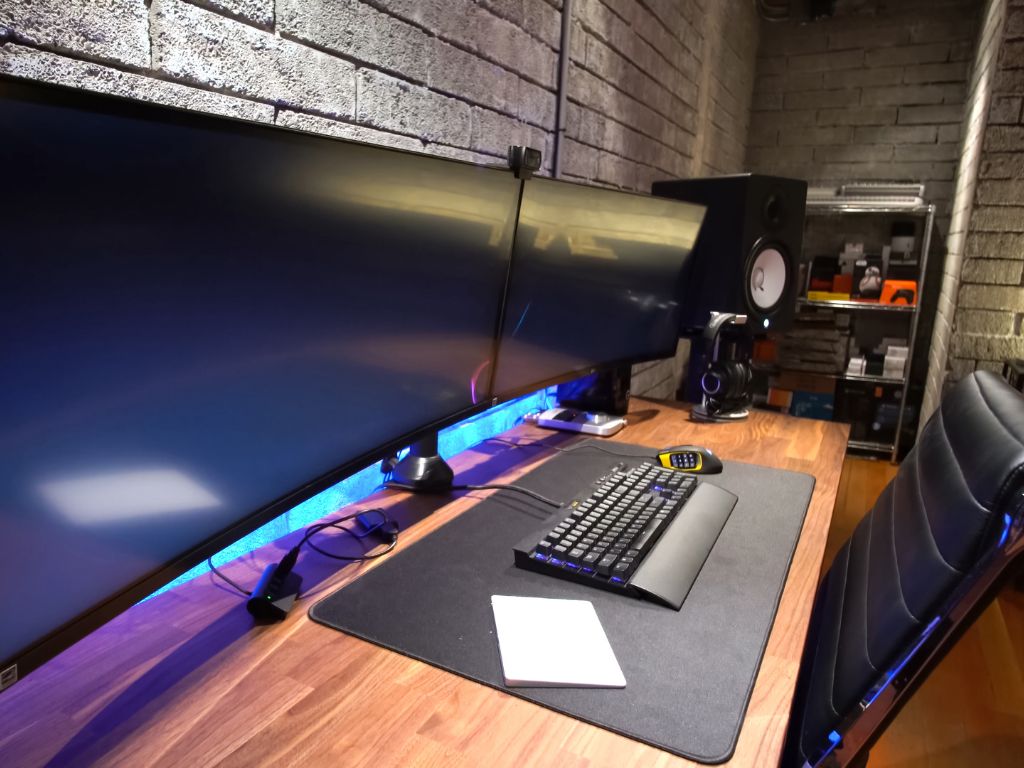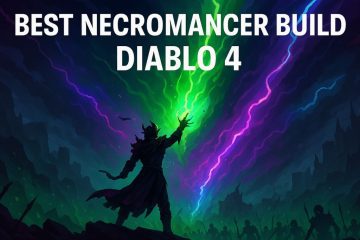Introduction
Getting a powerful gaming PC has never been simple. Buy outright, and you face a steep upfront cost. Choose a lower-spec machine, and performance suffers until you can afford an upgrade.
A third option is now gaining traction: rent to own.
This approach gives you access to a high-performance gaming system immediately, then spreads the cost across predictable monthly payments. At the end of the term, you own the hardware without interest-heavy financing or credit requirements.
This article explains how rent-to-own gaming computers work, how they differ from renting or financing, and when this model makes sense. You’ll get a clear look at the pros, the risks, and the real cost behind the convenience.
Key takeaways
- Rent to own provides fast access to high-end gaming PCs without large upfront payments
- Monthly plans spread costs over time, often with no credit check required
- This model differs from renting or financing, with ownership built into the terms
- Flexibility and upgrade options vary by provider, so contracts must be reviewed carefully
- While convenient, total costs may exceed retail prices over the full term
- Rent to own suits players who value speed and access over long-term savings

What is rent to own?
Rent to own is a payment model that allows you to start using a product immediately while working toward full ownership through scheduled payments.
Instead of paying the full price upfront, you make smaller monthly payments over a fixed term. When the term ends, the item is yours, no large payoff, no surprise fees.
This model differs from traditional rentals, which end without ownership, and from standard financing, which often includes interest charges or strict credit requirements.
Rent to own offers a middle path: faster access, flexible terms, and a clearer path to ownership for buyers who need time to pay.
Why gamers choose rent to own
Not every player can afford to buy a high-performance gaming PC outright. Saving for months or settling for a weaker machine can delay progress, especially for those with competitive or creative goals.
For students, streamers, and serious players, rent to own offers immediate access to the tools they need. Whether it’s upgrading before a tournament or launching a new content channel, the ability to secure hardware quickly can make a measurable difference.
Frequent upgraders also benefit. With technology changing rapidly, flexible contracts allow users to switch systems or improve components without falling behind.
This option is useful for anyone still refining their setup. If you’re experimenting with custom builds or testing performance needs, rent to own lets you evaluate systems before making a full commitment.
It won’t suit every buyer. But for those who value speed, flexibility, and the ability to transition into ownership, rent to own provides a structured alternative to large one-time purchases.

Step-by-step: How to get a rent to own gaming computer
1. Research providers
Start by identifying companies that offer rent to own gaming systems. Compare their reputations, contract terms, and available hardware.
Some focus on new builds, others on refurbished models. Look for transparent pricing, clear policies, and responsive customer support.
2. Choose your system
Select a PC that fits your performance needs and gaming preferences. Most programs offer a range of pre-built desktops, gaming laptops, and even custom options.
Know your required specs before committing especially if you play resource-intensive titles.
3. Apply online
Most providers use a simple application process that takes just a few minutes. You’ll typically submit contact details, employment status, and banking information.
Approval is usually fast and available even with limited credit history.
4. Review your agreement
Before making any payment, read the full contract. Understand the monthly cost, total repayment amount, and what happens if you upgrade, return, or cancel early.
Watch for hidden fees or required insurance. Ask for clarification on anything unclear.
5. Make your first payment
Once approved, your initial payment locks in the system. This amount is usually far less than retail pricing.
From there, fixed monthly payments begin according to the schedule in your contract.
6. Receive your system
Your computer is shipped directly to you often within a few business days. Once it arrives, set up and verify performance matches your expectations.
7. Manage or adjust as needed
Some programs allow mid-contract upgrades, returns, or swaps depending on your plan. Keep records of all communications and track your payment progress to stay on course toward ownership.

Pros and cons of rent to own
Rent to own offers fast access to high-performance gaming PCs, but the trade-offs aren’t always obvious. Below is a clear breakdown of the key advantages and limitations.
Pros
- Immediate access: Use the system right away without saving for months.
- Fixed monthly payments: Costs are known upfront, making budgeting simpler.
- Ownership built-in: Each payment moves you closer to full ownership.
- Lower entry cost: Initial payment is typically much lower than retail pricing.
- Upgrade flexibility: Some providers allow hardware swaps or plan changes mid-contract.
Cons
Provider quality varies: Inconsistent service and unclear terms can affect the experience.
Higher total cost: The full amount paid over time often exceeds retail price.
Contract fees: Additional charges may apply for late payments, early returns, or required insurance.
Customization limits: Not all providers permit internal upgrades during the contract.
Budget risk: Choosing premium systems can result in long-term payment strain.

Upgrade flexibility with rent to own systems
Gaming PCs are known for their upgrade potential, but rent to own introduces specific rules around hardware changes, repairs, and customization. These policies vary by provider and should be reviewed before you commit.
Some providers allow limited upgrades during the rental term, such as adding memory, replacing storage, or upgrading a graphics card. These changes may be restricted to approved components or require provider approval in advance.
Warranty coverage is typically included during the contract period. Most programs cover hardware failures, but protection for accidental damage or modifications may be excluded. Review warranty terms carefully to understand what’s covered and how repairs are handled.
If you want to replace your entire system mid-contract, many providers offer upgrade paths. This may involve returning your current machine and starting a new contract with updated specs, without having to resell or rebuild on your own.
Customization options, such as RGB lighting, case modifications, or liquid cooling, may be limited. In some cases, modifying the system can void the warranty or trigger penalties.
For users who prioritize flexibility and ongoing upgrades, provider policy matters. Confirm upgrade and modification rules before signing, and keep written confirmation of all allowed changes.

Key risks of rent to own (and how to manage them)
Rent to own can be a useful path to ownership, but it introduces specific financial and contractual risks. Understanding these issues helps you avoid unnecessary costs and complications.
1. Higher long-term cost
Most rent to own agreements cost more over time than paying retail. While the monthly payments may feel manageable, the total amount paid often includes service markups or convenience fees.
What to do: Calculate the full cost of ownership before signing. Compare it to buying the same system outright to understand what you’re actually paying for.
2. Hidden fees and unclear terms
Some contracts include added costs not shown upfront: processing charges, required insurance, late fees, or early return penalties. These details may be buried in fine print or disclosed verbally without documentation.
What to do: Request a full copy of the agreement before making any payment. Ask providers to explain all fees in writing, and avoid any company that won’t provide clear documentation.
3. Limited upgrade and modification freedom
Many rent to own providers restrict changes to the system during the contract period. Adding new components, overclocking, or even opening the case can void warranties or result in penalties.
What to do: If system flexibility matters to you, ask about upgrade policies in advance. Get approval in writing for any changes you plan to make.
4. Unreliable or unverified providers
The rent to own market includes both reputable vendors and questionable operators. Some companies may lack customer support, change terms without notice, or operate without transparency.
What to do: Research the provider’s business history, online reviews, and contact methods. Be cautious of businesses that avoid sharing their terms, have no verifiable address, or request unusual payment methods.
5. Contract obligations misunderstood
Once you sign, you’re legally responsible for all terms regardless of whether they were fully explained. Many users overlook ownership conditions, return procedures, or what happens if they miss a payment.
What to do: Review every term, including what’s required to fully own the system. Ask about missed payment policies, return conditions, and what happens if your situation changes mid-contract.

Is Is rent to own the right choice for you?
Rent to own offers speed and flexibility, but it’s not the right fit for every buyer. Use the guide below to see whether this model aligns with your financial situation and system priorities.
Rent to own may be a good fit if:
- You need a high-performance gaming PC now but prefer to avoid a large upfront cost
- Your income is stable, but you have limited or average credit
- You want the ability to return, upgrade, or change your system mid-contract
- You prefer fixed monthly payments and a clear path to ownership
- Saving up for a full purchase would delay your upgrade for several months
You may want to explore other options if:
- You’re comfortable buying used, building your own PC, or sourcing deals independently
- Your priority is minimizing total cost, and you can afford to wait or save
- Customization and component upgrades are critical to your setup
- Your budget is already tight, and additional monthly payments may add strain
Conclusion: Level up on your terms
Rent to own offers a practical way to access high-performance gaming hardware without a large upfront cost. It allows for structured payments, early use, and the option to own your system over time.
This model supports users who need flexibility whether it’s upgrading mid-contract, adjusting their setup, or adapting to changing performance needs. For those balancing financial constraints with gaming goals, it can be a viable path forward.
However, long-term costs are often higher than buying outright. Contracts may limit customization, and not all providers offer the same level of transparency or support.
The best choice depends on your priorities: speed and access versus control and savings. Review your options carefully, check all terms in writing, and decide based on your needs today and tomorrow.
No single path fits everyone. The right decision is the one that keeps your system and your budget working in sync.

Frequently asked questions
Can you build a custom gaming PC through rent to own?
Some providers allow limited customizations or semi-custom builds, but most focus on pre-configured systems. If full customization is important, confirm build policies before signing any agreement.
Is good credit required for rent to own?
Most rent to own programs use flexible approval processes that prioritize income stability over credit scores. You may qualify even with limited or average credit history.
Can you upgrade your system during the contract?
Many providers support mid-contract upgrades, but policies vary. Some may require a new agreement, charge additional fees, or restrict available options.
Are the computers new or refurbished?
Both options are common. Some companies offer only new systems, while others provide refurbished models at lower rates. Always verify the system type before agreeing to terms.
What happens if the system breaks during the rental period?
Most agreements include repair coverage for standard hardware issues. However, accidental damage or user-caused faults may not be included. Review the service policy in detail before starting your contract.



0 Comments